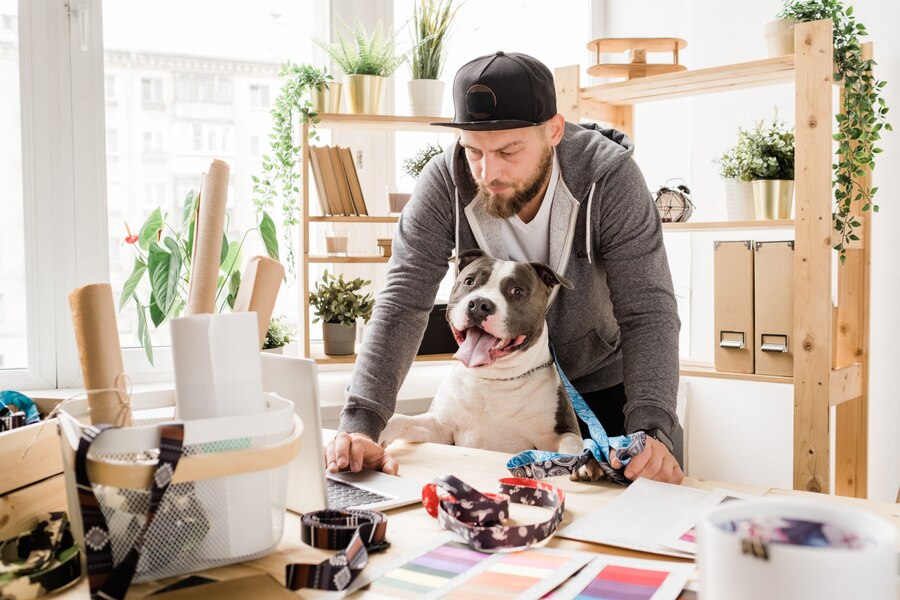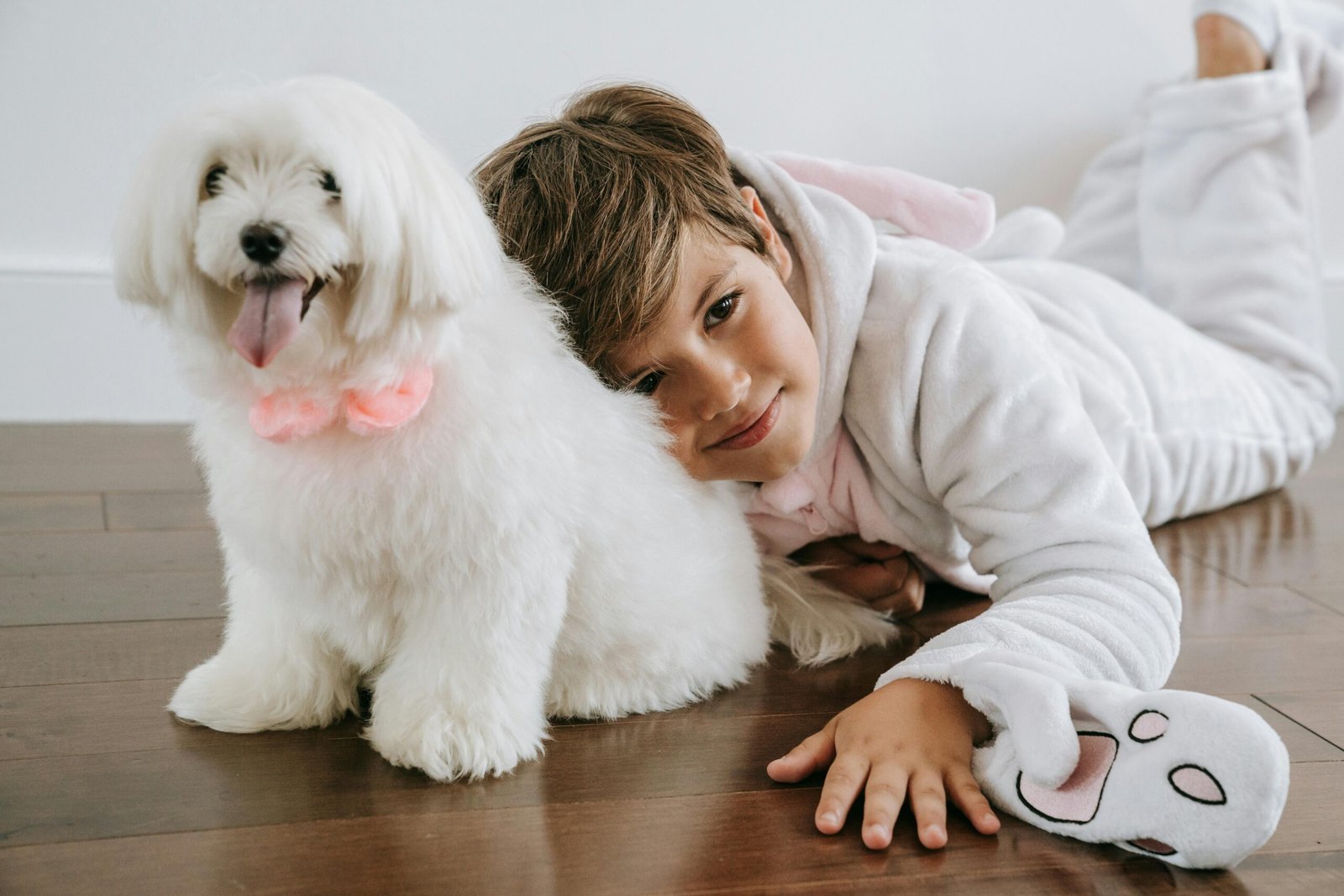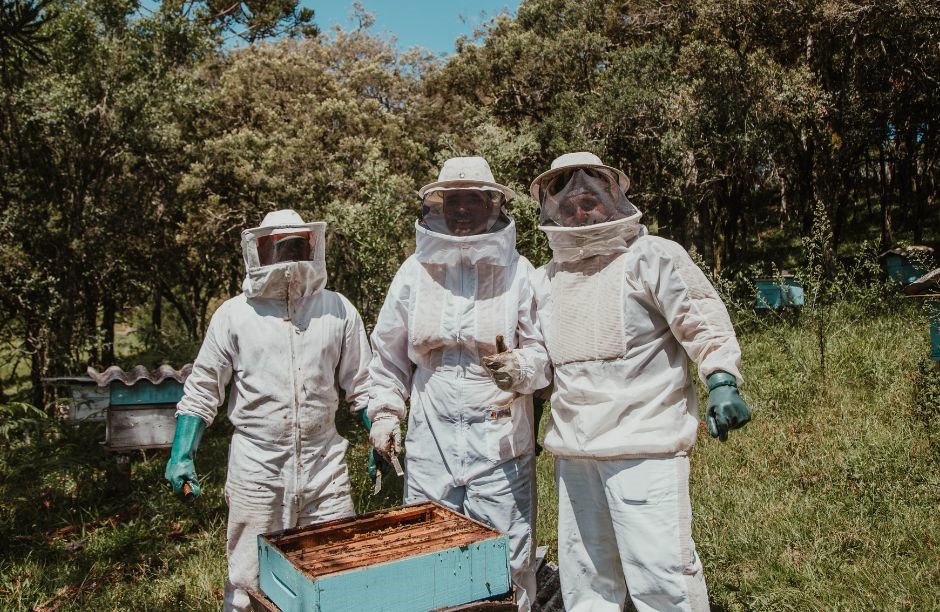If you’re a pet owner who enjoys hands-on creativity, DIY pet projects can be a rewarding way to bond with your pet and cater to their unique needs. Whether you’re crafting toys, designing furniture, or making practical pet accessories, these projects are perfect for engaging with your pet in a meaningful way.
In this article, we’ll dive into a range of DIY projects that will add fun to your pet’s life while giving you the satisfaction of building something yourself. We’ll also include tips for specific breeds, ensuring the projects suit the needs of pets big and small.
1. Homemade Dog Beds
A comfortable bed is a must for every dog, but creating one yourself adds a personal touch. Plus, DIY beds can be customised to suit your pet’s size and breed.
Materials:
- Memory foam or thick cushioning
- Durable fabric (washable)
- Sewing kit or fabric glue
- Scissors and measuring tape
Steps:
- Measure your dog from head to tail while they are lying down to ensure the bed is the right size.
- Cut the memory foam to fit your dog’s size, leaving extra room for movement.
- Cover the foam with the fabric, either sewing or glueing the fabric in place. Opt for washable materials, especially for breeds that shed a lot, like Labradors or Huskies.
- Add a removable cover for easy cleaning.
Breed Tip: Large breeds like Cane Corsos and Great Danes benefit from extra support in their beds, so choose thicker foam or even use old mattresses for added comfort. For smaller dogs like Chihuahuas, a raised edge around the bed can provide a sense of security, mimicking their natural instinct to burrow.
2. Interactive Toys for Intelligent Breeds
Some dogs need more mental stimulation than others. Breeds like Border Collies, Poodles, and Australian Shepherds thrive on puzzles and challenges. A DIY interactive toy can keep them engaged and mentally sharp.
Materials:
- PVC pipes
- Tennis balls
- Drill
- Treats
Steps:
- Cut a short PVC pipe (about 30 cm).
- Drill a few small holes in the pipe, just large enough for the scent of treats to escape.
- Insert a tennis ball inside the pipe, along with a few treats.
- Your dog will have to figure out how to move the pipe and release the treats!
Breed Tip: For dogs with high problem-solving abilities, like Australian Shepherds, this toy challenges them to think creatively. If your dog is a power chewer, reinforce the ends of the PVC pipe to prevent damage.
3. DIY Cat Scratching Posts
Cats need scratching posts to keep their claws healthy and to satisfy their instinctual need to scratch. Instead of buying one, creating a customised post lets you tailor it to your cat’s preferences and space.
Materials:
- Wooden post (2-3 feet)
- Plywood (base)
- Sisal rope
- Staple gun or nails
- Glue
Steps:
- Secure the wooden post to the centre of the plywood base with nails or screws.
- Starting at the bottom of the post, wrap the sisal rope tightly around it, glueing or stapling every few inches to keep it in place.
- Once you reach the top of the post, make sure the rope is firmly attached. For extra flair, you can paint the base or cover it with carpet.
Breed Tip: Larger cat breeds like Maine Coons need sturdy, taller posts to stretch their full length, so make sure the post is tall enough. For playful and energetic breeds like Bengals, add hanging toys to the top of the post to keep them entertained.
4. Homemade Dog Puzzle Feeder
If your dog eats too quickly, a puzzle feeder can help slow them down while also providing mental stimulation. You can make a DIY puzzle feeder that challenges your dog to work for their food, making mealtime more engaging.
Materials:
- Muffin tin
- Tennis balls
- Dog kibble or treats
Steps:
- Place a small amount of dog kibble in each cup of the muffin tin.
- Cover each cup with a tennis ball.
- Let your dog figure out how to remove the balls to get to their food.
Breed Tip: Dogs with a lot of energy, like Jack Russell Terriers or Beagles, will enjoy the challenge of lifting the balls. Make sure the size of the balls is appropriate for your dog’s mouth to avoid frustration.
5. Customizable Pet Feeding Station
A feeding station can reduce mess and keep your pet’s food and water bowls in one place. Plus, you can adjust the height to suit your pet’s size, preventing strain on their neck or back.
Materials:
- Wooden crate or box
- Two metal or ceramic bowls
- Jigsaw
- Sandpaper
- Paint (optional)
Steps:
- Measure the diameter of your pet’s food and water bowls.
- Use a jigsaw to cut two circular holes in the top of the crate or box, slightly smaller than the diameter of the bowls, so they rest securely in place.
- Sand the edges to smooth them out, and paint the crate if desired.
- Insert the bowls into the holes, and your feeding station is ready!
Breed Tip: For large breeds like German Shepherds, elevate the station to their chest height to reduce strain on their necks. Smaller breeds, like Cocker Spaniels, will benefit from a lower setup, ensuring they can comfortably reach their bowls.
6. Homemade Tug Toy for Strong Chewers
Tug-of-war is a favourite game for many dogs, especially strong breeds like Boxers, Bulldogs, or Pit Bulls. A DIY tug toy made from durable fabric can withstand their chewing and pulling.

Materials:
- Old t-shirts or jeans (durable fabric)
- Scissors
Steps:
- Cut the fabric into long strips, about 3 inches wide.
- Braid the strips together tightly to create a thick, strong rope.
- Tie knots at both ends of the braid to give your dog something to grip during the tug-of-war.
Breed Tip: For strong chewers like Staffordshire Bull Terriers, double-layer the fabric strips before braiding to ensure the toy lasts longer. For smaller breeds, use thinner strips for an easier grip.
7. Pet Teepee for Dogs or Cats
A cozy pet teepee adds a stylish touch to your home while giving your dog or cat a private, comfortable space to relax. This is especially useful for shy pets who like to hide away when they nap.
Materials:
- Wooden dowels (5-6 pieces)
- Canvas fabric or any durable cloth
- Twine
- Scissors
Steps:
- Arrange the dowels into a cone shape, tying them together at the top with twine.
- Drape the canvas fabric around the dowels, cutting it to fit snugly around the structure.
- Secure the fabric by tying or sewing it at the top and bottom to keep the teepee sturdy.
- Place a cushion or blanket inside to make it comfortable for your pet.
Breed Tip: Small breeds like Pugs or Dachshunds enjoy cosy spaces, so the teepee’s size should be compact. For larger dogs like Golden Retrievers, make the teepee taller and wider to allow them more room to stretch out.
8. Homemade Dog Agility Course
Building a simple agility course in your backyard is a fantastic way to keep your dog active and mentally stimulated. Agility courses are perfect for high-energy breeds like Border Collies, Australian Shepherds, and Terriers that need both physical and mental exercise.
Materials:
- PVC pipes
- Hula hoops
- Cones or markers
- Pool noodles
Steps:
- Create jumps by using PVC pipes secured between cones or markers. Adjust the height based on your dog’s size and skill level.
- Use hula hoops for your dog to jump through or crawl under, depending on their ability.
- Set up tunnels using pool noodles bent into arches and secured to the ground with stakes. You can also use cardboard boxes to create makeshift tunnels.
- Lead your dog through the course, using treats or toys as motivation, gradually increasing the speed and difficulty.
Breed Tip: For agile breeds like Border Collies, set higher jumps and faster-paced obstacles. Breeds like Bulldogs or Corgis may need lower jumps and fewer obstacles, as they prefer shorter bursts of activity.
9. Personalised Pet Collars
A customised collar not only looks stylish but can also be made more functional by adding reflective material for night walks or even a GPS tag.
Materials:
- Nylon webbing or leather strip
- Buckles or D-rings
- Reflective tape (optional)
- Needle and thread or fabric glue
- Permanent markers or paint
Steps:
- Measure your pet’s neck and cut the material (nylon or leather) to the appropriate length.
- Attach the buckle or D-ring to one end of the material.
- For nighttime visibility, sew or glue reflective tape along the length of the collar.
- Personalise the collar by writing your pet’s name or using paint to add unique designs.
Breed Tip: For dogs that spend time outdoors at night, like Beagles or Labradors, the reflective tape adds an extra layer of safety. For smaller breeds like Yorkies, use lightweight materials so the collar doesn’t weigh them down.
10. DIY Pet Cooling Mat
Australian summers can be hot, and pets often need help staying cool. A DIY cooling mat can offer relief during hot days, especially for breeds prone to overheating, such as Bulldogs or Huskies.
Materials:
- Cotton fabric
- Water-absorbing crystals (found in gardening stores)
- Needle and thread or sewing machine
Steps:
- Cut two pieces of cotton fabric to the size of a mat that fits your pet.
- Sew the two pieces together, leaving one side open.
- Fill the mat with a thin layer of water-absorbing crystals. These crystals will retain coolness after being soaked in water.
- Sew the remaining side shut.
- Soak the mat in cold water, wring out the excess, and let your pet relax on it.
Breed Tip: Breeds with thick coats, like Malamutes or Saint Bernards, will greatly benefit from the cooling mat. For smaller, short-haired breeds like Dachshunds, a thinner mat may suffice as they don’t trap as much heat.
Final Words:
These DIY pet projects not only allow you to personalise items for your pets, but they also give you the satisfaction of creating something functional and fun. From interactive toys to practical solutions like cooling mats and grooming stations, there’s a project for every pet owner. Best of all, many of these projects can be tailored to suit specific breeds, ensuring that your pet’s unique needs are met.





